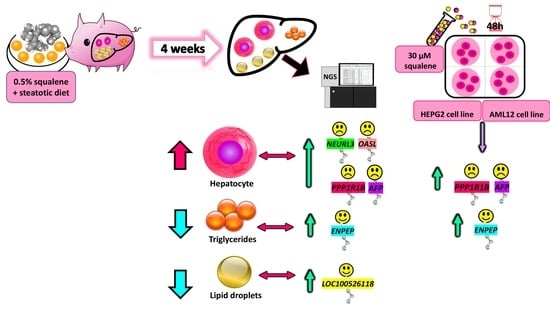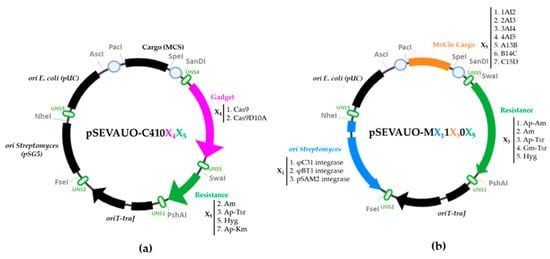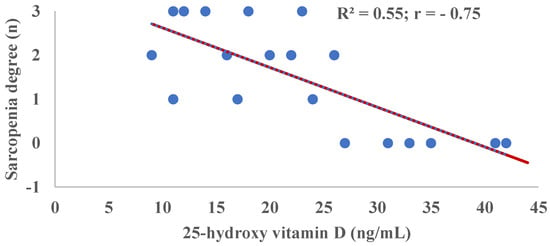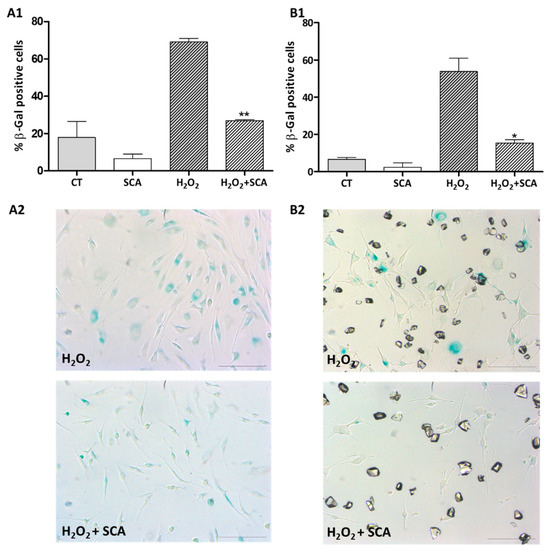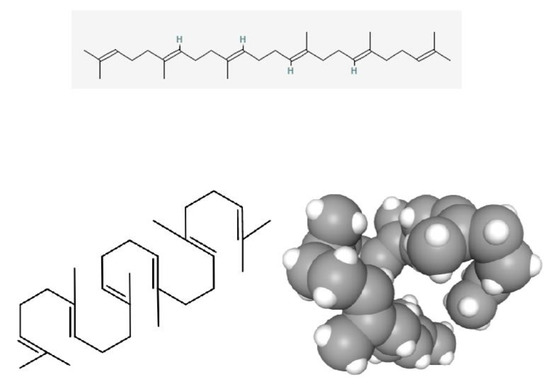State-of-the-Art Bioactives and Nutraceuticals in Spain (Closed)
A topical collection in International Journal of Molecular Sciences (ISSN 1422-0067). This collection belongs to the section "Bioactives and Nutraceuticals".
Viewed by 10110Editors
Interests: transcriptomics; diet; medicinal plant
Special Issues, Collections and Topics in MDPI journals
Interests: mitochondria; oxidative stress; exercise physiology; skeletal muscle
Special Issues, Collections and Topics in MDPI journals
2. CIBER Fisiopatología Obesidad y Nutrición, Instituto de Salud Carlos III, 28029 Madrid, Spain
Interests: obesity; diabetes; NAFLD; lipid metabolism; autophagy; mitochondria; polyphenols
Special Issues, Collections and Topics in MDPI journals
Topical Collection Information
Dear Colleagues,
This Collection aims to publish contributions that report on novel research findings regarding bioactive compounds and nutraceutical products in Spain. We welcome submissions and studies on nutritional applications using biological, chemical, cellular, molecular, and immunological methods. Topics include, but are not limited to:
- the discovery of novel bioactive natural products
- the role of these products in manipulating food structure and hence potential physiological mediation for human nutrition
- the use of in vitro and in vivo bioactivity research using cell lines and animal models as exemplars of human physiology
The only limitation is that the main part of the study has to have been carried out in Spain or by Spanish researchers.
Importantly, the exact active ingredient of natural origin extract must be reported in the submitted research manuscript, since papers describing the effects of mixed extraction from natural origin are not in the scope of the journal.
Prof. Dr. Jesús Osada
Dr. Rafael A. Casuso
Dr. Iñaki Milton-Laskibar
Collection Editors
Manuscript Submission Information
Manuscripts should be submitted online at www.mdpi.com by registering and logging in to this website. Once you are registered, click here to go to the submission form. Manuscripts can be submitted until the deadline. All submissions that pass pre-check are peer-reviewed. Accepted papers will be published continuously in the journal (as soon as accepted) and will be listed together on the collection website. Research articles, review articles as well as short communications are invited. For planned papers, a title and short abstract (about 100 words) can be sent to the Editorial Office for announcement on this website.
Submitted manuscripts should not have been published previously, nor be under consideration for publication elsewhere (except conference proceedings papers). All manuscripts are thoroughly refereed through a single-blind peer-review process. A guide for authors and other relevant information for submission of manuscripts is available on the Instructions for Authors page. International Journal of Molecular Sciences is an international peer-reviewed open access semimonthly journal published by MDPI.
Please visit the Instructions for Authors page before submitting a manuscript. There is an Article Processing Charge (APC) for publication in this open access journal. For details about the APC please see here. Submitted papers should be well formatted and use good English. Authors may use MDPI's English editing service prior to publication or during author revisions.
Keywords
- bioactive
- nutraceutical
- nutrient
- health
- diet
- functional food
- obesity
- diabetes
- cancer
- cardiovascular and cerebrovascular diseases
- vitamins
- proteins
- peptides
- polysaccharides
- carotenoids
- polyphenols
- phytosterols and isoflavones
- saponins
- phytic acid
- probiotics
- prebiotics
- enzymes
- flavonoids
- caffeine
- carnitine
- choline
- creatine
- dithiolthiones
- phytoestrogens
- glucosinolates, etc.








